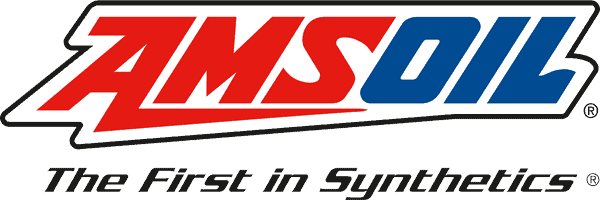Publisher's Note: Welcome to our third edition of Tech Tips Tuesday on "Motor Oil Viscosities: Your Guide to the Right Choice". We'll be re-publishing an edition of AMSOIL Tech Tips for you every Tuesday. Click on the Blog Category "Tuesday Tech Tips" to see everything published to-date.
Motor Oil Viscosities: Your Guide to the Right Choice
John Gardner: So many motor oils, so many types of motor oils and so many different viscosities when it comes to motor oils.
When it comes to motor oils, which one should we put in our vehicle? Welcome to this AMSOIL Tech Tip. It's all about motor oil and viscosities, and I brought in Len, an expert.
Why do we have an expert? Well, then, I kind of got a rudimentary experiment when it comes to oil and how to explain viscosity. What we did a little bit earlier is we took some 20W-50 weight oil and we dropped a ball in it. It's all kind of controlled; the temperature is controlled. You can see the ball going kind of slowly down there in that little vial as it drops down because that oil is thick. That's what viscosity means to me.
Then we went ahead and got the 0W-20 oil, and we did the same test. We dropped the ball in, and when we dropped the ball in, man, you can see that one's running right down. It's kind of a controlled environment, but it seems a lot thinner. I know that's kind of rudimentary, but take us through that viscosity as an expert.
Len Groom: That gets you there as a test. That's why I kind of like that. It gives you a real down-and-dirty look at what viscosity actually means. But in actual terms, multi-viscosity oil, meaning oil that has two numbers, generally the first number would be your cold temperature pumpability number. So generally taken at room temperature or lower, in most cases 0W, 10W, that's your low temperature number. So, how is the oil going to act when it's cold?
The other number is the interesting part. The other number is the oil's actual weight, but that weight is only accurate at 212 degrees F, also known as 100 Celsius. Okay, that is a standard at which all motor oils are graded in their weight. So, if we have a 0W-20, it's only a 20 weight at 100 C or 212 F.
All oils, all synthetic oils, are not created equal. The better the base oil that you start with in the product, with the less additives that you have to add, you'll see more consistency. You'll see more consistent pressure across a wide temperature band. Those are the products that we use in our Signature Series product.

Please contact Keith, at 262-853-7900 for information about the AMSOIL preferred customer program, including the discounts you get to be able to buy at wholesale prices. And, as we said, Preferred Customers get a print copy of the AMSOIL Preferred Customer Magazine FREE via US Mail - as well as wholesale pricing on AMSOIL products. Click here to become an AMSOIL Preferred Customer, or contact Keith, at 262-853-7900.
Regards,
Keith Klein
Organizer, Wisconsin Business Owners
Founder & CEO, OnYourMark, LLC
We welcome your comments, questions and suggestions about Motor Oil Viscosities. Please contact us with questions. Best to call, email or visit our site for the best response. We do invite you to engage with us on social media (just not for immediate needs). As always, if you like, you will find us on the following social media sites, among many others:
Facebook
LinkedIn
Twitter

